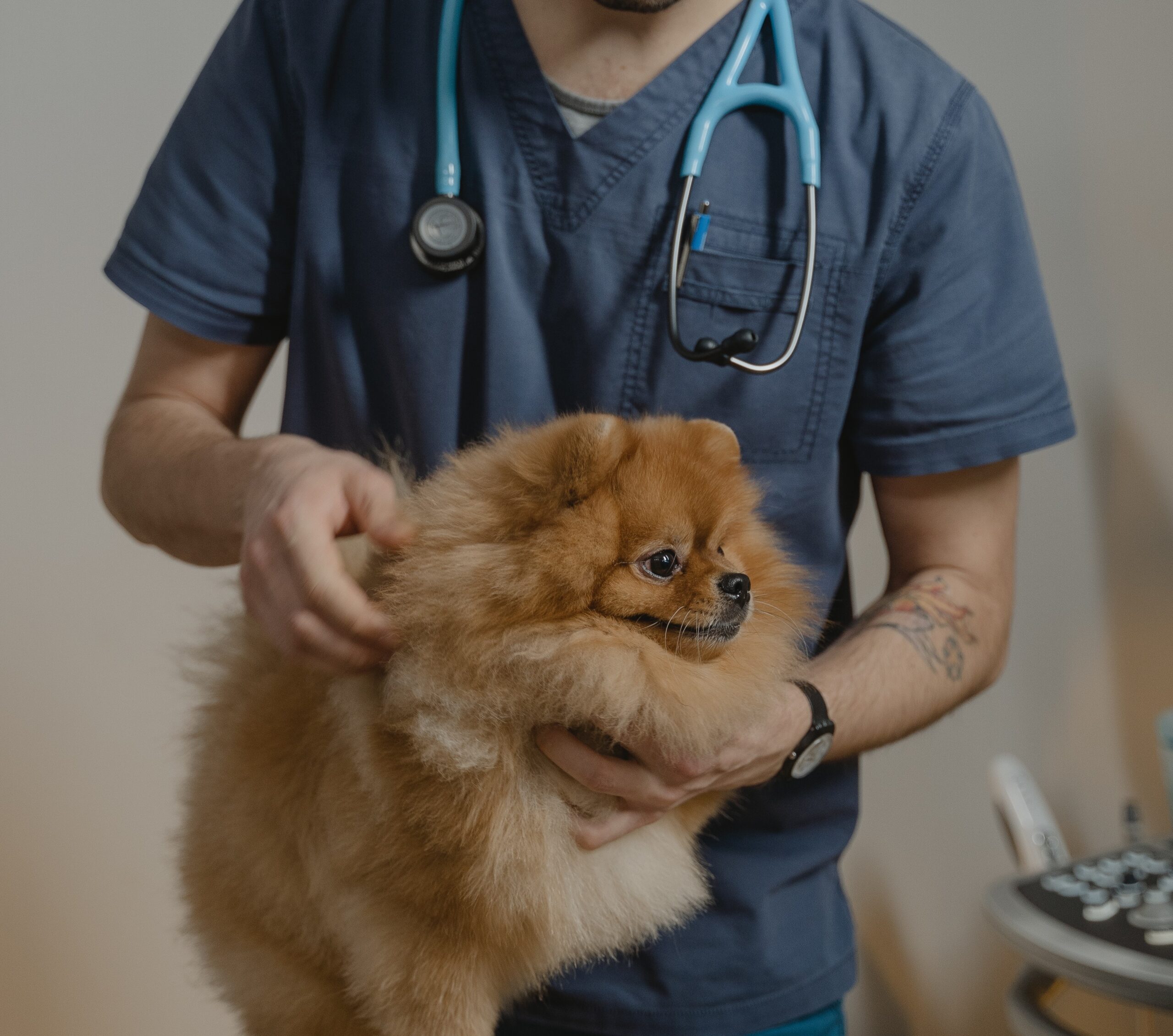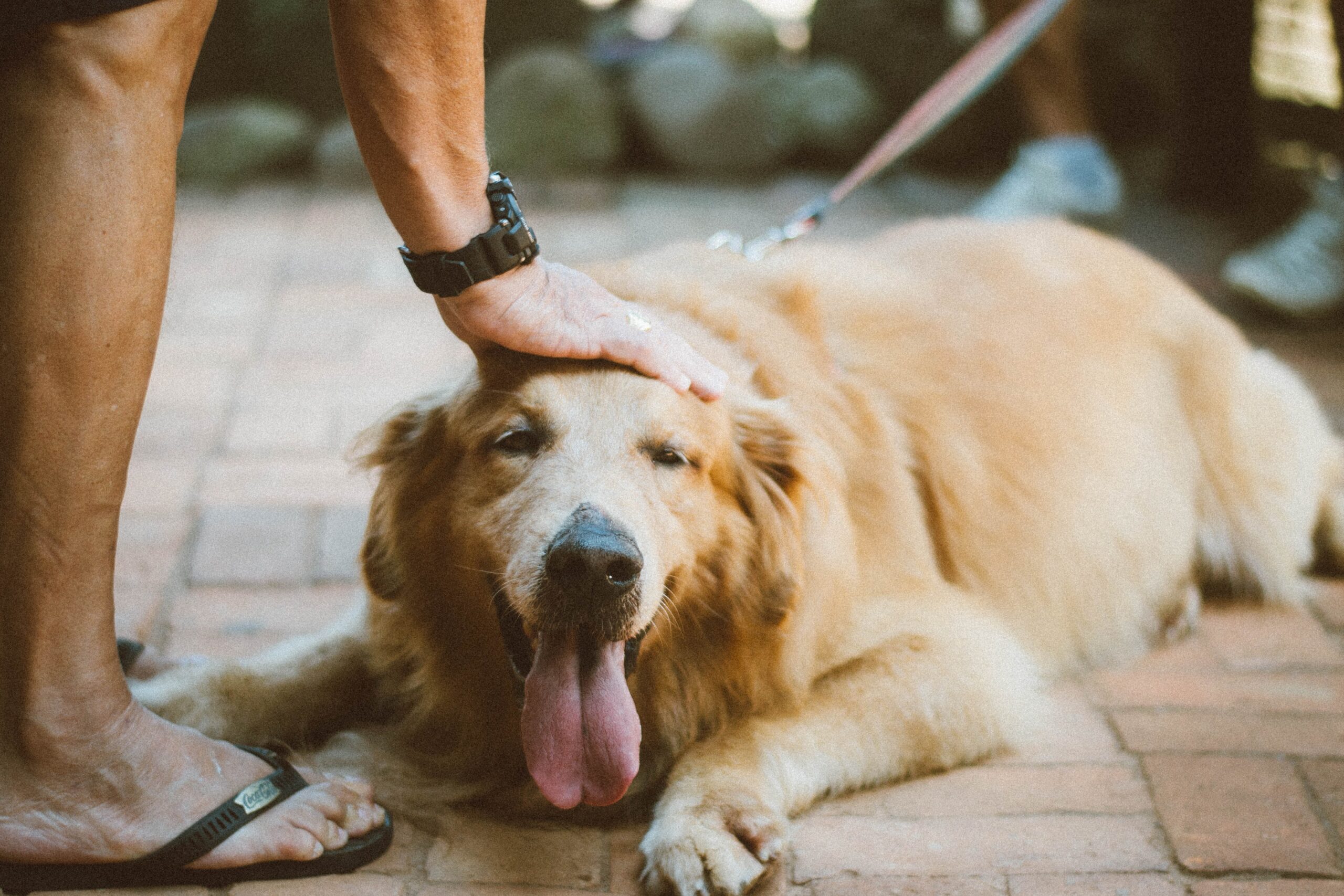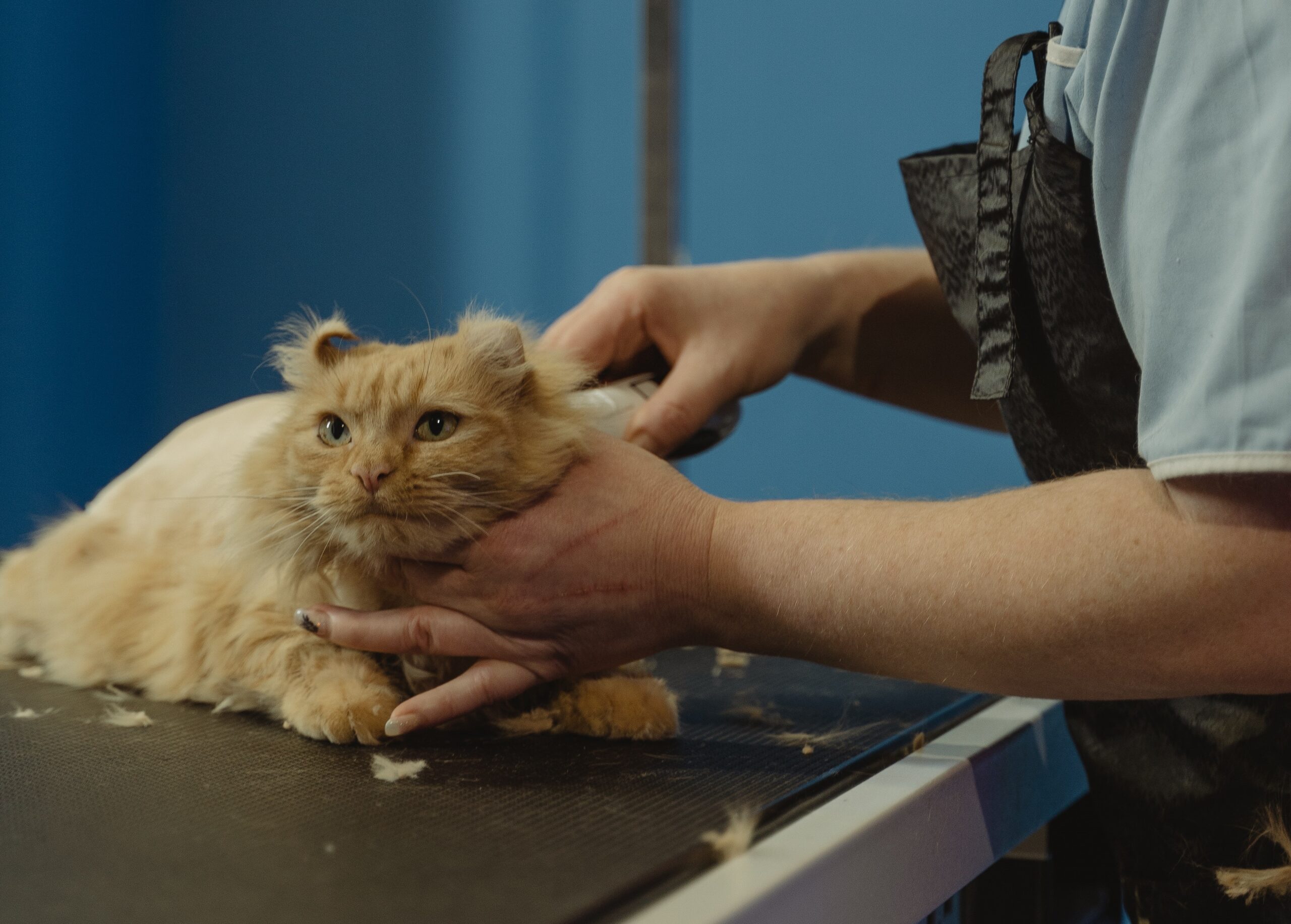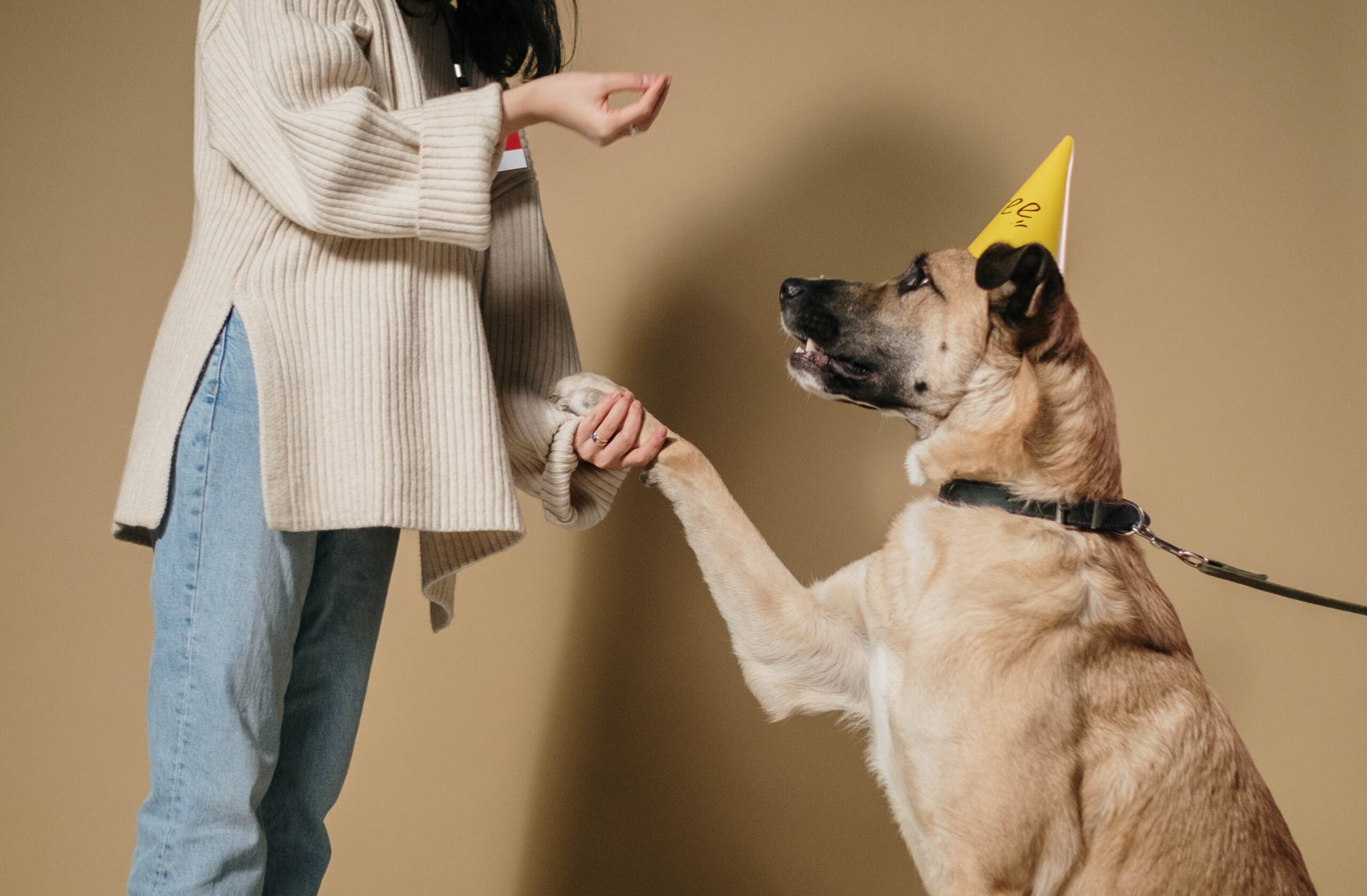Comprehending and Managing Pet Anxiety: An Evidence-Based Approach
As pet owners, we strive to provide our four-legged companions with a happy and healthy life. However, like humans, pets may also experience anxiety and stress, which can significantly affect their overall well-being. In this article, we will discuss the causes of pet anxiety and provide evidence-based recommendations for managing and alleviating it.
Read on to learn comprehending and managing pet anxiety. Discover the causes and ways to manage and deal with pet anxiety and provide them a healthy mental condition.
Causes of Pet Anxiety:
Pet anxiety is a common issue that many pet owners face. It can manifest in a number of ways, such as destructive behavior, excessive barking or meowing, and even physical symptoms like vomiting and diarrhea. It’s important for pet owners to understand the causes of pet anxiety and learn how to manage it to ensure their pets are happy and healthy. This can include providing a safe and secure environment, creating a consistent routine, and seeking professional help if necessary. By comprehending and managing pet anxiety, pet owners can ensure their pets live a comfortable and stress-free life.
Separation Anxiety:
Separation anxiety is a prevalent form of pet anxiety, in which pets become anxious and stressed when left alone or separated from their guardians. This may result from changes in routine or environment, such as moving to a new home or staying in a boarding kennel.
Noise Anxiety:
Pets may also develop anxiety due to loud noises, such as thunder, fireworks, or traffic. This can cause them to become frightened and even aggressive, posing a risk to both pets and their surroundings.
Social Anxiety:
Some pets may experience anxiety around other animals or people, which may result from a lack of socialization or negative past experiences.
Tips for Managing Pet Anxiety
Recognize the Symptoms:
Symptoms of pet anxiety include pacing, trembling, excessive barking, aggression, and destructive behavior. It is crucial to take measures to reduce pet anxiety upon noticing these signs.
Provide a Safe Haven:
Designate a secure and comfortable space for your pet where they can feel safe and relaxed. This may include a specific room or crate to retreat to when feeling anxious.
Exercise and Mental Stimulation:
Regular exercise and mental stimulation can help reduce pet anxiety. Activities such as playtime, walks, and puzzle toys can distract and calm pets.
Calming Aids:
There are various natural and medicinal calming aids available that can help reduce pet anxiety. These include essential oils, pheromone diffusers, and prescribed medications from your veterinarian.
Seek Professional Assistance:
If pet anxiety is severe or impacting their quality of life, seeking professional help from a veterinarian or animal behaviorist is vital.
Conclusion:
Pet anxiety is a common issue that can significantly impact the well-being of animals. By understanding the causes and symptoms of pet anxiety and implementing evidence-based tips for managing it, pet owners can help their companions lead happy and stress-free lives. Remember, the key to managing pet anxiety is to provide a safe and secure environment, regular exercise and mental stimulation, and seek professional help when necessary.
You May be Interested in…
How to Prevent Separation Anxiety in Pets: Tips for Pet Owners
The Benefits of Emotional Support Animals: A Scientific Explanation
Discover all You Need to Learn about Your Pet Health and Wellness










